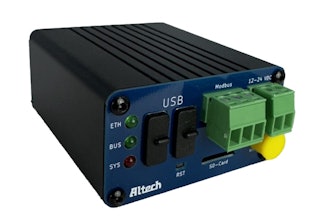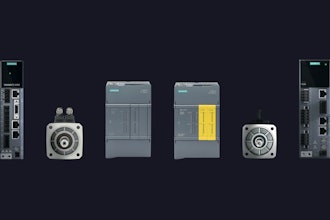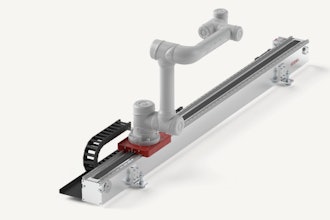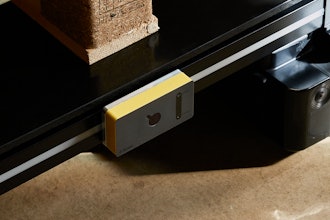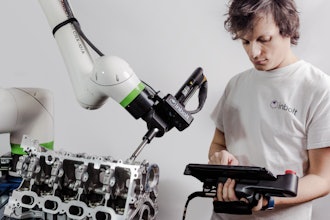
The world is a different place since COVID-19 took hold. Families are communicating in a different way, travel has come to a stop and workplaces have had to change the way they operate. This, of course, extends heavily into manufacturing.
Whereas many businesses have been able to adopt a remote way of working, the same cannot be said for component manufacturing. Whilst there were no people in the factories, business as usual came to a standstill. This has raised the profile of automation and how it can lend a helping hand to component manufacturers struggling to cope with the impact of this pandemic.
Here, Mills CNC & Doosan Robotics attempt to explain the benefits of investing in automation now, and some things to consider before implementing it.
How can component manufacturers remain productive and profitable right now?
Many component manufacturers may be now looking towards automation, and specifically robots. Robots take on repetitive tasks and enable employees to focus on innovation and efficiency in a time when it is potentially needed most. Prior to making any investment in robotics however, manufacturers need to make some fundamental decisions and consider the different variables.
Industrial robots or collaborative robots?
If you’re considering automation, one of the first questions to ask is whether industrial or collaborative robots would suit your operation and application better. Industrial robots are what most people will envision when they think of a robot on the shop floor; a big, heavy robot caged off toiling away, welding car chassis after car chassis 24/7 with not a worker in sight. These industrial robots complete repetitive and potentially dangerous tasks more quickly and accurately than a human employee ever could.
Collaborative robots, otherwise known as cobots, are a more recent development. These are robots designed to work alongside humans as opposed to replacing them. Like their industrial counterparts, cobots are designed to also perform these repetitive tasks. Before the pandemic, it was estimated that cobots will comprise 34 percent of total robot sales by 2025.
Understanding the strengths and limitations of both robot types is critical. One of the main advantages of industrial robotics is the speed in which they can perform complex tasks, and the payloads that they can handle. Both exceed that of cobots. Industrial robots are often integrated into more specialized manufacturing systems, so they can deliver significant productivity gains.
However, because of the speed and force provided by industrial robots, substantial safety systems are needed to ensure that safety is maintained. With this in mind, the integration of powerful systems and the safeguards required come with a higher price tag than cobots.
Cobots operate at lower speeds and payloads than industrial robots. Their relatively low cost, inherent safety and flexibility, easy integration and collaborative nature means that they have the potential to deliver significant productivity improvements and a fast return on investment. The capability and acceptance of cobots is quite clearly increasing, and as countries emerge from the coronavirus lockdown and work restrictions, it’s likely that the use of this technology will grow exponentially.
Consider how automation will affect other processes.
Introducing automation is quite a big change - a change intended to speed up and improve the overall process of your operation. It’s important to think carefully about which part of your process that you’re choosing to automate. For example, automated welding will lead to faster welding processes, but will in turn require a faster supply of parts and faster finishing processes to avoid buildup.
When thinking about which stages of your process to automate, try and choose a process that will not disrupt the flow of other stages of production. This could be a monotonous and time consuming process that commonly leaves room for human error. It’s important that your automated system integrates well with the rest of your processes.
Of course, investing in robotics comes with a big upfront cost. You need to ensure that this cost is worth it. Robotics might seem like a fool-proof idea, but not every shop floor will benefit from automation financially.
If you don’t have particularly high volume, then the increase in efficiency from automation probably won’t translate to a strong return on investment. It could leave you worse off for a while after investing in this expensive equipment. High volume operations however lend themselves well to automation as you’re likely to see increased output and in turn, increased profits.
Always consider these variables before investing in automation.
- Ask yourself what you want to accomplish; increase production and input?
- Increased worker safety?
- Reduced scrap levels?
- Where do you intend to deploy your automation system?
Finally, talk to organisations and experts who can help you realize your objectives and offer sound and insightful advice before undertaking an audit to see if automation is right for you and if so, which solution makes the best financial and operational sense for your needs - now and in the future.















